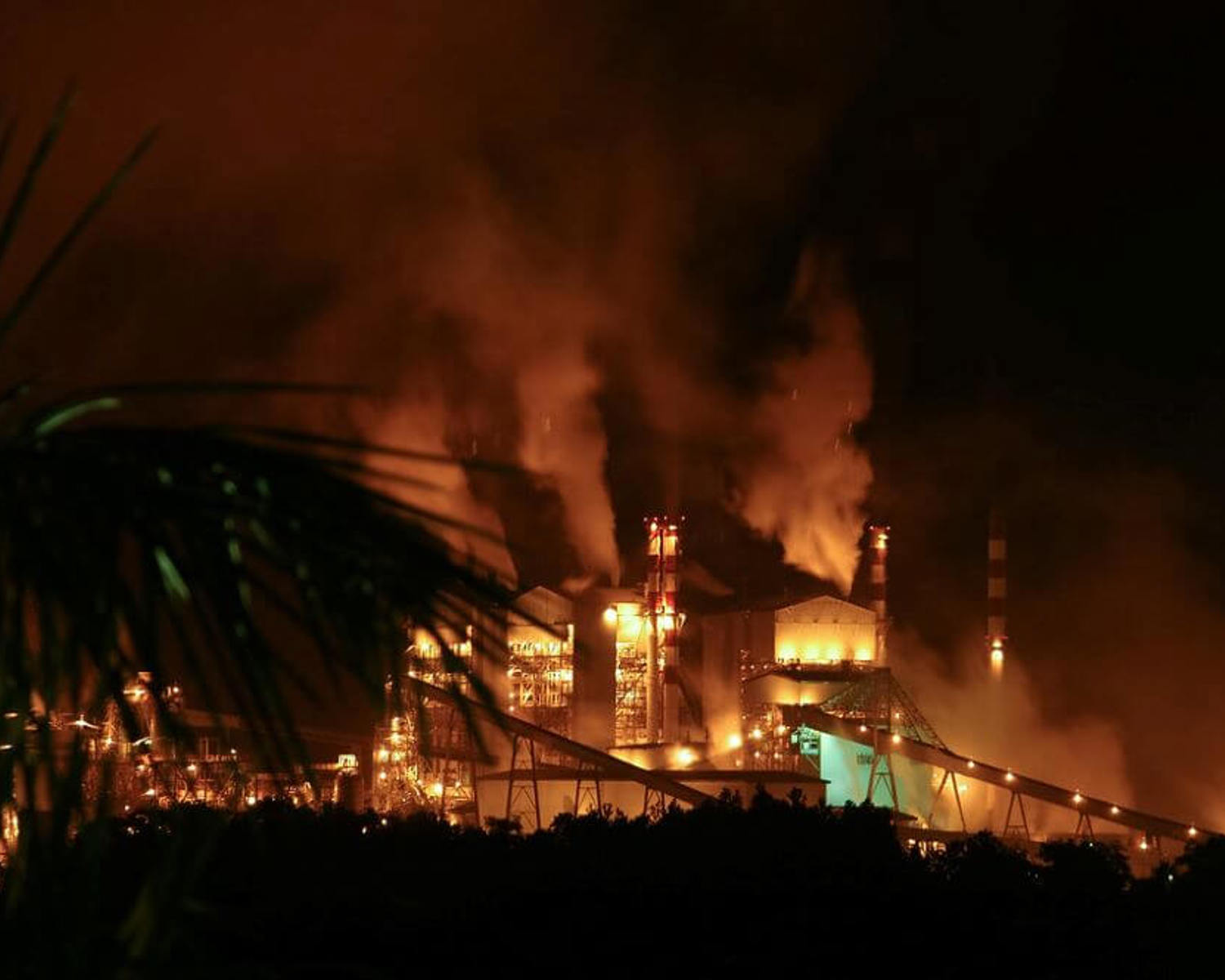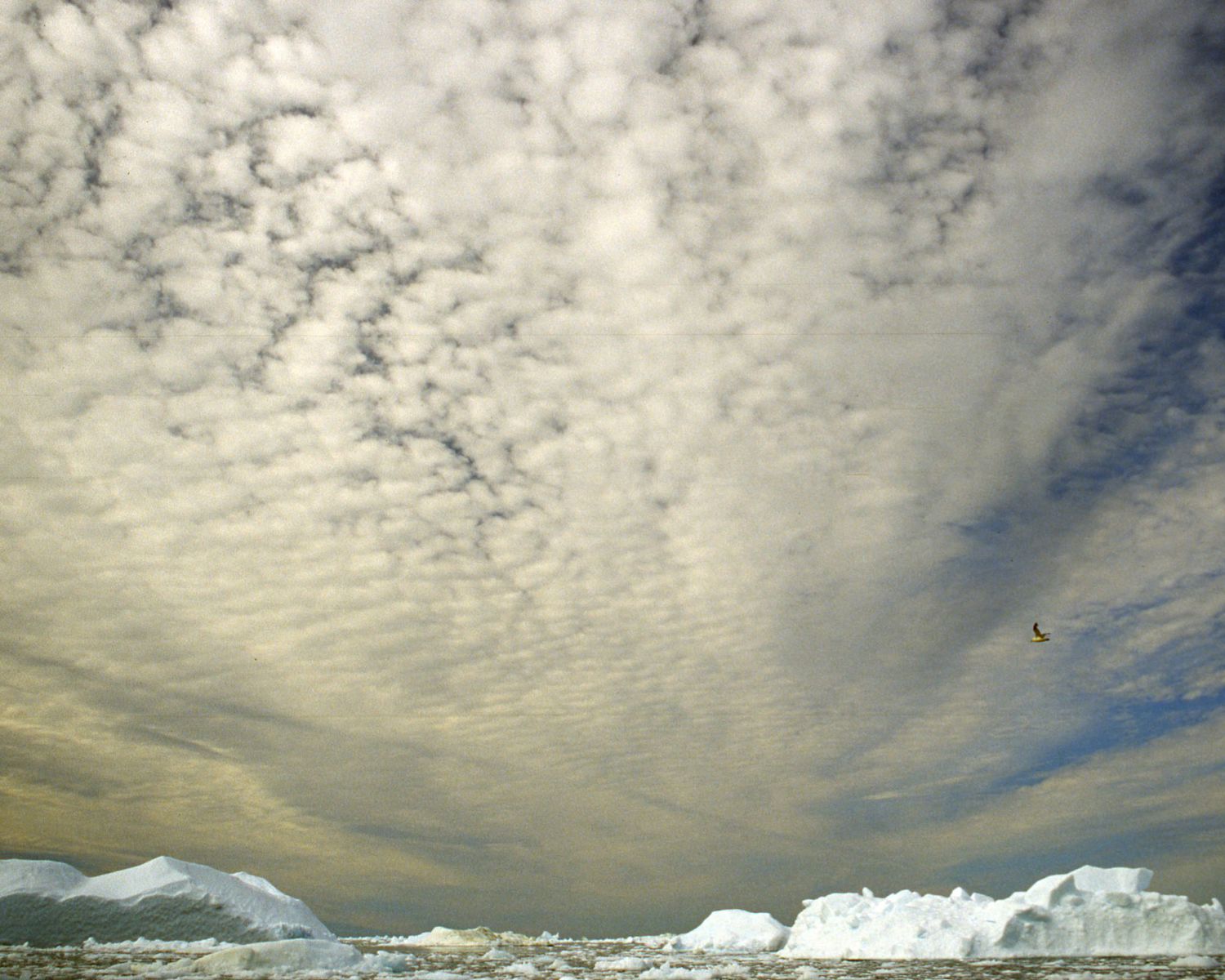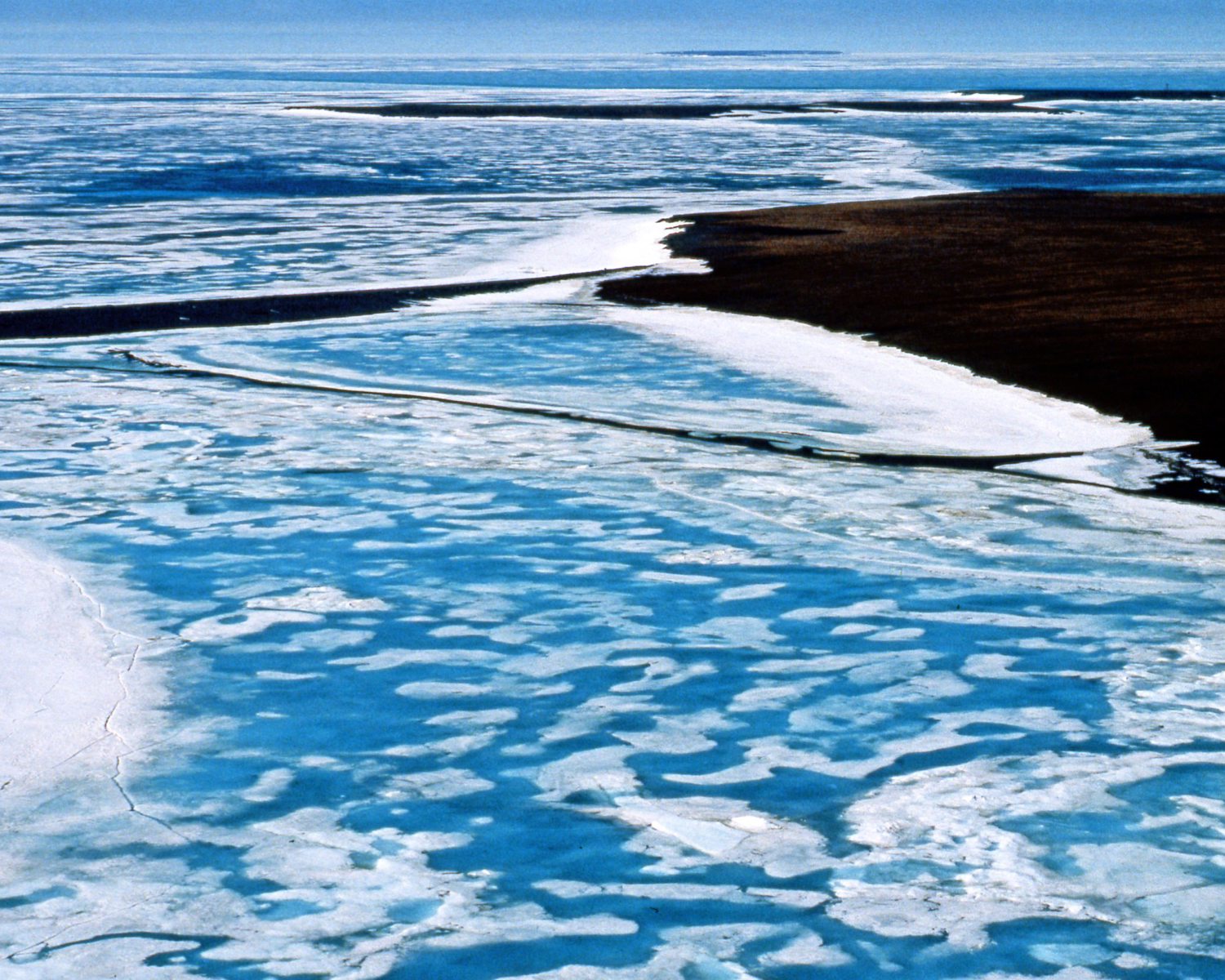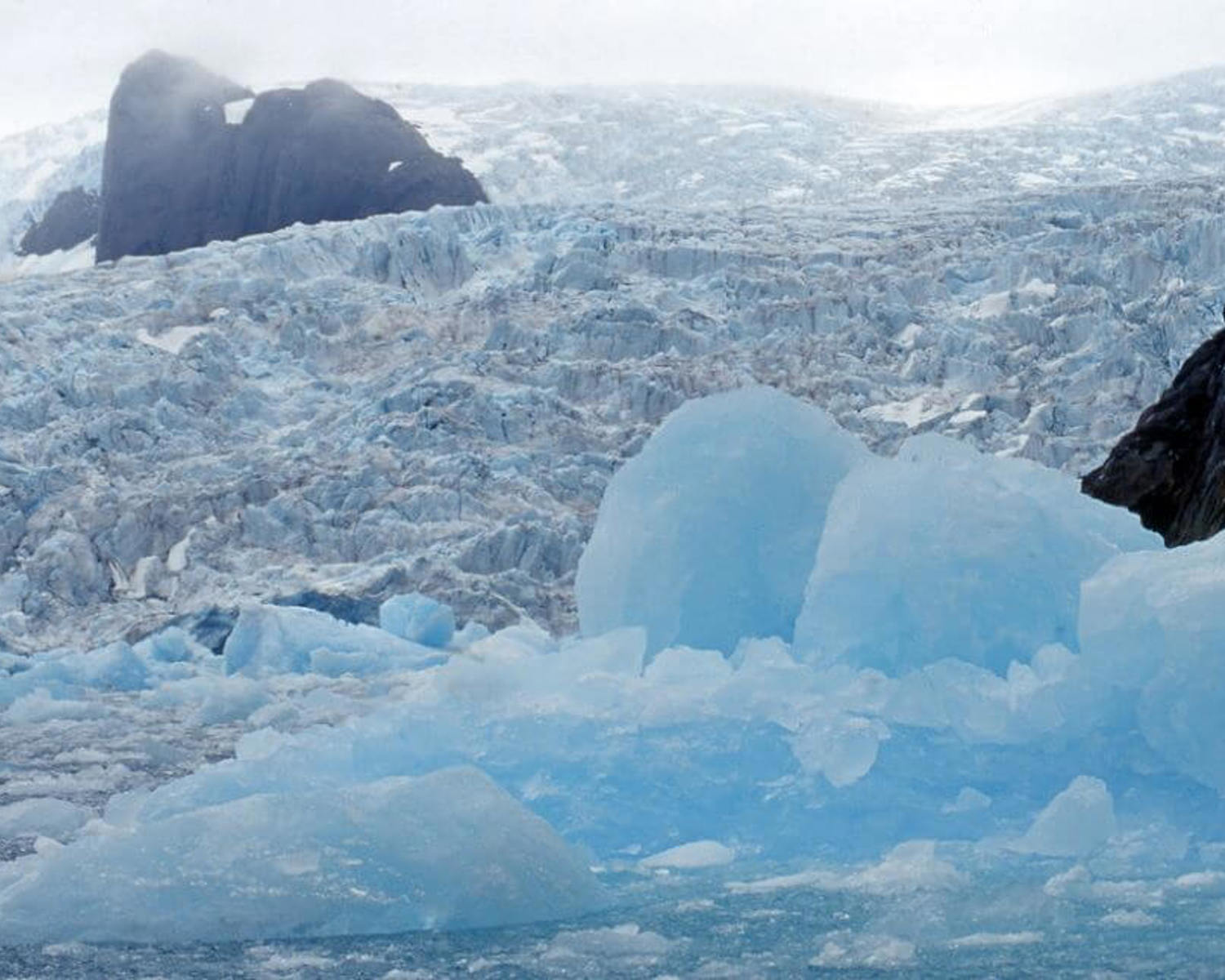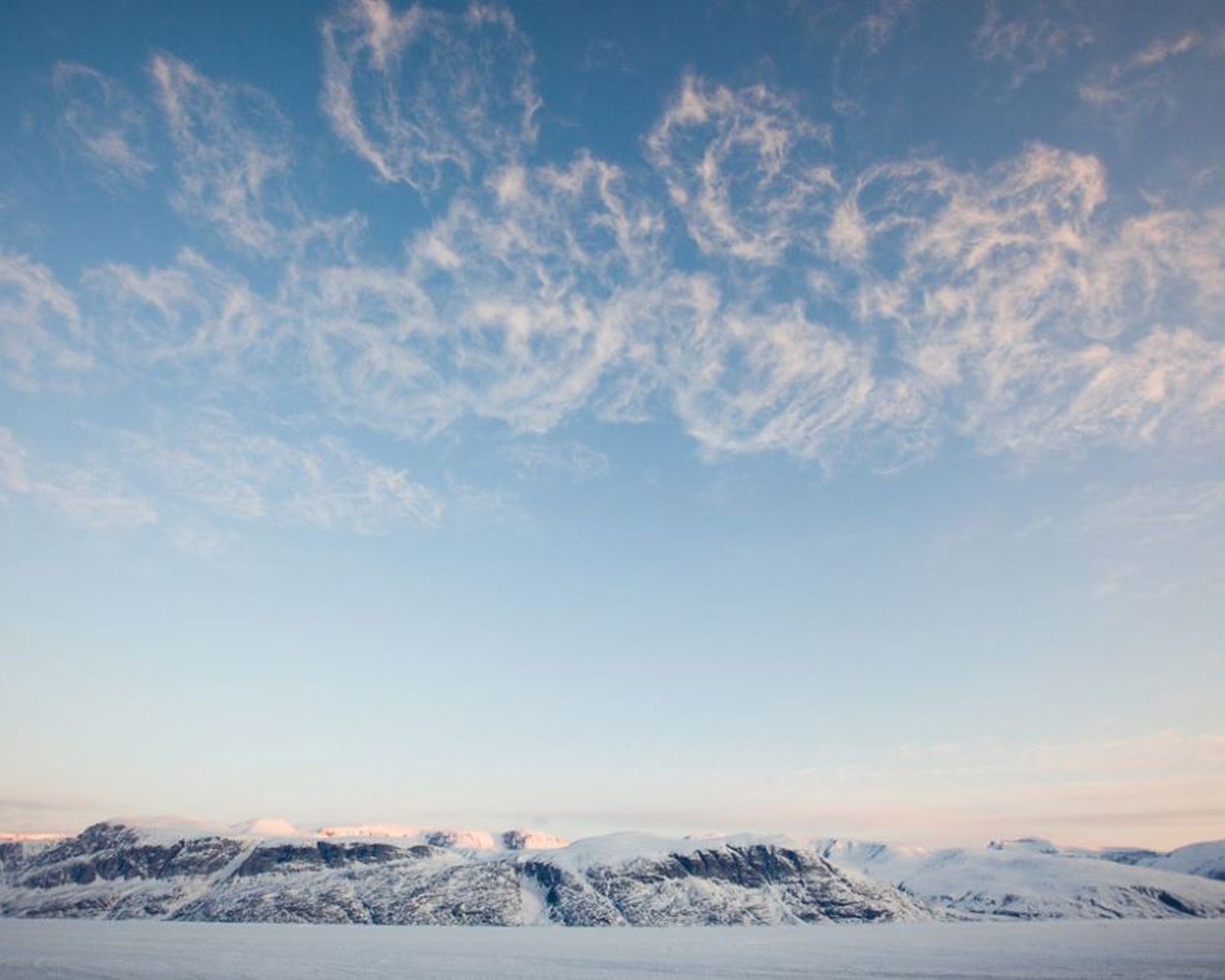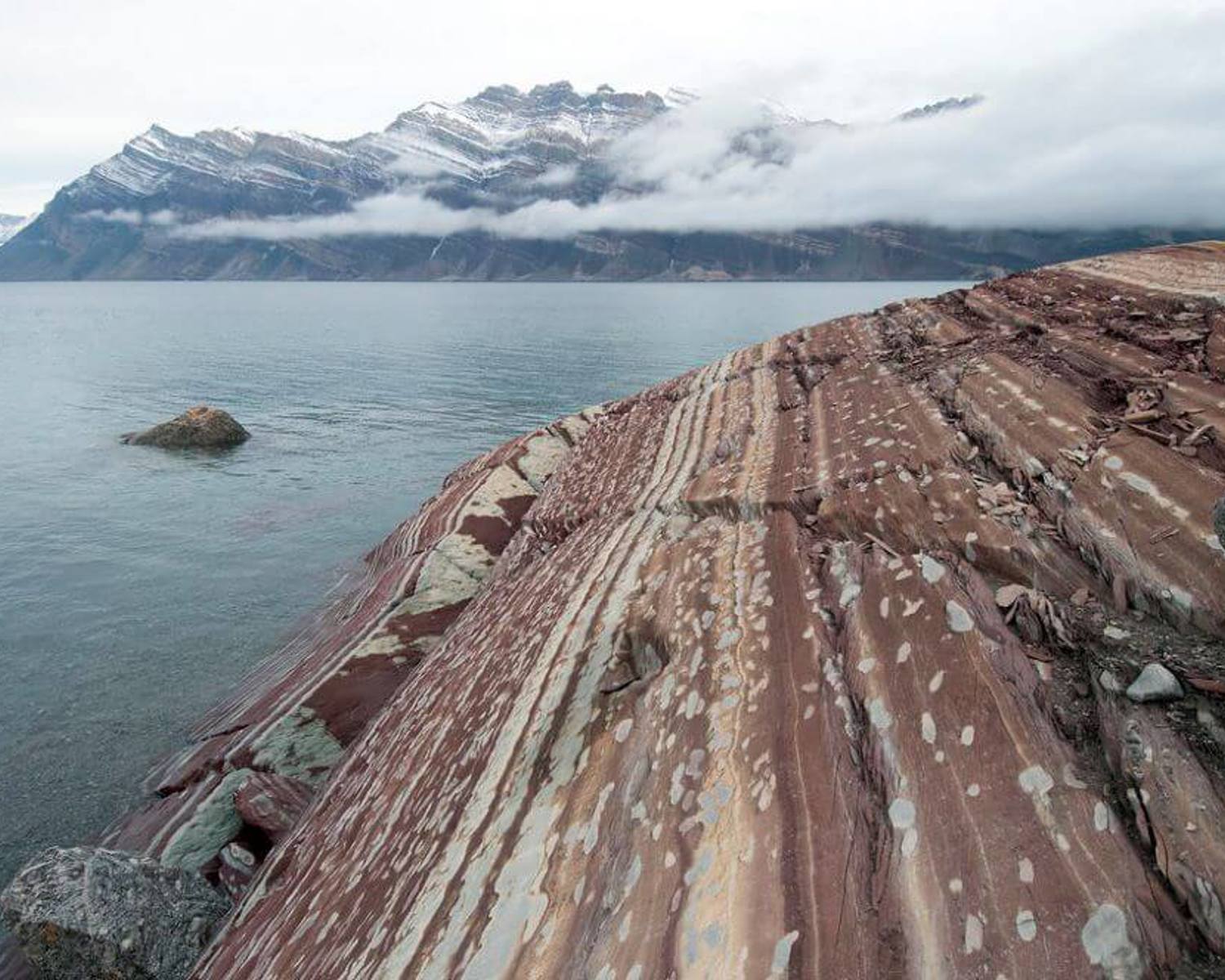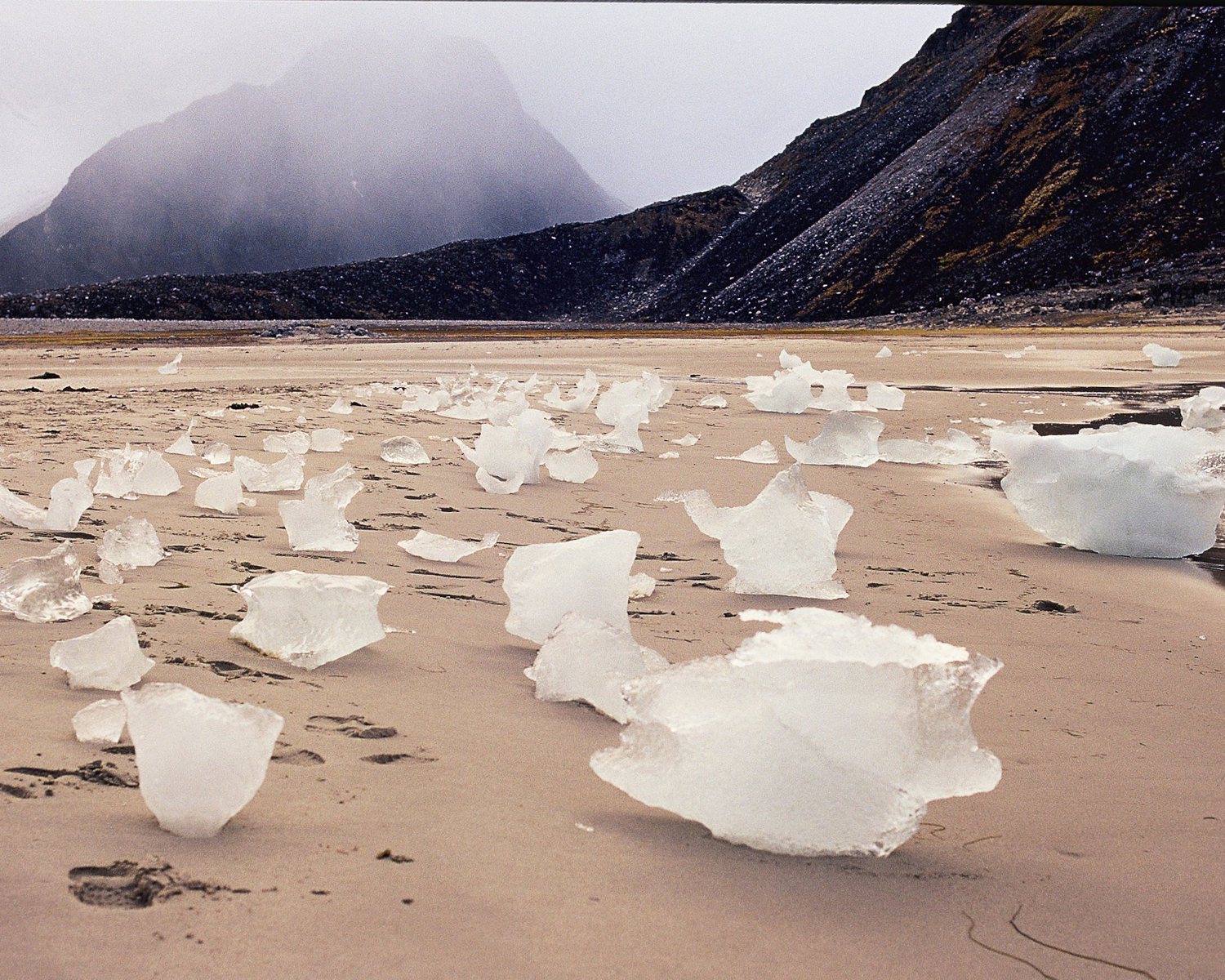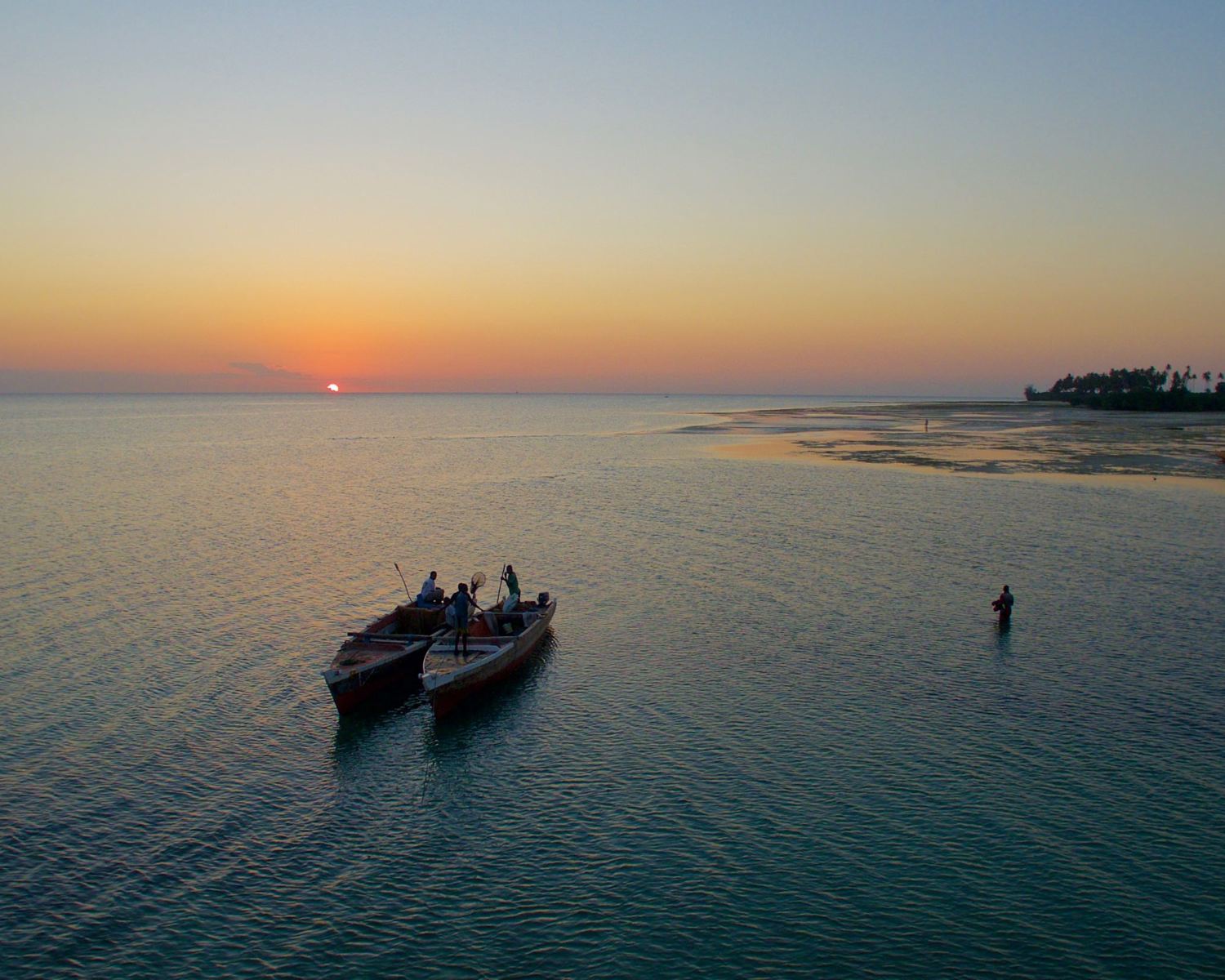Seaweed and macro algae cultivation

The potential of carbon sequestration by marine based plants such as mangroves, seagrass and algae, often referred to as blue carbon, and the importance of better understanding it, has clearly been recognised (Mcleod et al. 2011). The IPCC Special Report on the Ocean and Cryosphere in a Changing Climate (2019) concluded blue carbon can play an important role in both climate regulation and adaptation. The term algae groups together several kinds of marine photosynthetic organisms. These are often subdivided into very small microalgae like phytoplankton, and larger macroalgae like kelp and seaweed. Although there is still large uncertainty about the total amount of carbon sequestered by these marine organisms, a recent estimate by Duarte et al. (2022) indicated that all macroalgae took in as much CO2 as the Amazon rainforest.
There has been increased interest in the carbon capture potential of large scale algae growth (Ould and Caldwell 2022). Several ways to enhance the growth of microalgae are covered elsewhere (see Ocean Fertilization, Upwelling, etc.), here we will focus on macroalgae. The history of macroalgae cultivation goes back very far, and is today especially developed in East Asia, where macroalgae are mainly used as food and in the cosmetics industry (Sondak et al. 2017). The produced macroalgae can either be processed, for example as biofuels (see BECCS) or biochar (see Biochar), or removed from the carbon cycle by burying it or letting it sink to the sea floor.
Analysis overview

Technological Readiness Level (TRL)
Medium 2
Buschmann et al (2017) describe the production and growth of seaweed as a relatively straightforward enterprise. However, despite the long history and experiential knowledge of algal farming around the world, their large scale cultivation for carbon sequestration purposes would likely require significant alterations to be effective. Several factors like the availability of surface area, engineering issues, and market demands, complicate the expansion of the current growing practices (Duarte et al, 2017), and there remain many unexplored areas (Krause-Jensen et al, 2018).
A major issue for such a project would be the durable sequestration of carbon (Ould and Caldwell, 2022). Kelp forests and other macroalgae store their carbon in their biomass, and not, like other blue carbon solutions such as mangroves, partially in the soils, and therefore risk largely decomposing and re-releasing their carbon into the oceans. Ager et al (2023) for instance found that 80 % of the macroalgal biomass studied at a fjord in Greenland stayed in that fjord, and that there is no scientific clarity on what happens to this biomass, and therefore also no certainty about carbon capture potential. Moreover, many of the macroalgal aquaculture projects aim to utilize the algae, and do not provide a carbon sink function (Troell et al, 2022). Another difficulty is highlighted by Rose and Hemery (2023) when they write that ‘methods to assess the permanence of carbon in the natural life cycle of macroalgae and in products following harvest are lacking’, and that it is therefore difficult to measure the carbon sequestration effect of such projects.///There are many operational projects. In Iceland there is for example an experiment by Running Tide (https://www.runningtide.com/), which, with permission of the government, released buoys off the coast in order to stimulate kelp production. The Dutch company North Sea Farmers (https://www.northseafarmers.org) recently brought great encouragement to the sector after it received €1.5m from Amazon for a field trial in the North Sea. NASEM (2022) estimates that $130 million would be needed in initial funding to explore the feasibility of large scale farming and the durability and environmental risks associated. However, despite large investments, and the positive associations around macroalgae as a natural measure that is sometimes even labeled ‘ocean afforestation’ (N’Yeurt et al., 2012), there are still many uncertainties, and the recent news that Exxon as the last fossil fuel company has abandoned their research into algae as biofuels (https://www.bloomberg.com/news/articles/2023-02-10/exxon-retreats-from-major-climate-effort-to-make-biofuels-from-algae) is perhaps indicative that operationalisation is perhaps not as easy as it looks. Ould and Caldwell (2022) therefore specifically warn against 'the hyperbole [around macroalgae potential] that is beginning to permeate the conversation'
Technological Readiness Level (TRL)
A technology with a TRL of 4-6: TRL 4 – validated in lab; TRL 5 – validated in relevant environment; TRL 6 – demonstrated in relevant environment

Scalability
Unknown 0

Timeliness for near-future effects
Unknown 0

Northern + Arctic potential
Unknown 0
Duarte et al (2022) emphasize the potential of the Arctic due to its 'rocky bottoms suitable for macroalgal growth' and the fact that it 'represents 34% of the global shoreline'. The potential for increased macroalgae expansion in the Arctic and Northern regions seems very high, however, the original Arctic cryophilic macroalgal species (see Bringloe et al, 2020) cannot advance further north, and will therefore face habitat loss under warming oceans (Bringloe et al, 2022). The three year long Nordic Blue Carbon project found that of the total 3.9 million tonne CO2 equivalents that were captured in the Nordic region (excluding Greenland) per year, kelp forests were responsible for 69%, or 2.7 million tonne CO2 equivalents. They therefore conclude that apart from artificial farming, 'management measures to protect and restore blue forest habitats will have a wide range of societal and economical co-benefits, therefore making them “no-regret” mitigation options' (Frigstad et al, 2021). Much remains unknown to this point, and new discoveries, like Krause-Jensen et al’s finding of substantial kelp forests around West Greenland, at relatively extreme depths (2019), continue to advance knowledge about macroalgal importance for the region.
The expansion of macroalgae in the Northern and Arctic regions could moreover occur partially naturally because of more favorable conditions, especially due to reduced ice coverage leading to greater light availability (Arrigo, and van Dijken, 2015). As Krause-Jensen et al (2014) pointedly summarize in their abstract: this ‘likely expansion of vegetated coastal habitats in the Arctic will generate new productive ecosystems, offer habitat for a number of invertebrate and vertebrate species, including provision of refugia for calcifiers from possible threats from ocean acidification, contribute to enhance CO2 sequestration and protect the shoreline from erosion.'
Recent work by Wright et al (2022) found this climate driven movement could potentially have large effects on macroalgal carbon sequestration potential, for although ‘warm temperate kelp exports up to 71% more carbon per plant, it decomposes up to 155% faster’, and could therefore significantly reduce carbon sequestration potential. Filbee-Dexter et al (2020) study equally show that the carbon storage for global kelp forests reduces with rising ocean temperatures as such biomass degrades more quickly, but emphasize that this should encourage further research into the potential of colder northern regions. Lebrun et al’s overview study of the existing literature on the effect of climate change on Arctic macroalgae (2022) however indicates that there is a lack of complete understanding, and that effects can both be positive and negative. Moreover, adjusting to sea level rises might also impact carbon sequestration potential of macroalgae (Lovelock and Reef, 2020).
Apart from the potential for macroalgae to grow in the Northern regions, this would however not be very likely to make a significant climate impact in the north, as the oceans and atmosphere tend to re-equilibrate their carbon level quickly, and this would largely be effective for global atmospheric carbon levels.

Global potential
Unknown 0

Cost - benefit
Cost-effective 3
Cost - benefit
Low investment cost compared to the avoided damage cost (e.g., a few %) and/or inexpensive relative to other measures with similar impact

Environmental risks
Low risk 3
Environmental risks
Very limited, site-specific effects restricted to the solution deployment location only

Community impacts
Beneficial 3
Community impacts
Significant benefits to communities

Ease of reversibility
Easy 3
Ease of reversibility
Easily reversible naturally

Risk of termination shock
Low risk 3
Risk of termination shock
Low or insignificant termination shock or damage

Legality/governance
Possible 3
Legality/governance
Currently legal to deploy, with governance structures in place to facilitate it and/or financial incentives to develop it

Scientific/media attention
High 3
Macroalgal stimulation has recently gained large interest from the scientific community and public at large. Importantly, also commercial parties are increasingly getting involved, and funding seems to be increasing. Apart from the already mentioned projects, there are major research projects and organizations that promote macroalgae as blue carbon solutions, like Project Drawdown (https://drawdown.org), Ocean Rainforest (https://www.oceanrainforest.com), and Kelp Blue (https://kelp.blue).
Scientific/media attention
Numerous scientific papers with substantial funding and ongoing research groups; significant media attention and "hype"; many companies exploring commercialization options
References
Ager, T. G., Krause-Jensen, D., Olesen, B., Carlson, D. F., Winding, M. H. S., & Sejr, M. K. (2023). Macroalgal habitats support a sustained flux of floating biomass but limited carbon export beyond a Greenland fjord. Science of The Total Environment, 162224. https://doi.org/10.1016/j.scitotenv.2023.162224
Arrigo, K. R., & van Dijken, G. L. (2015). Continued increases in Arctic Ocean primary production. Progress in oceanography, 136, 60-70. https://doi.org/10.1016/j.pocean.2015.05.002
Bringloe, T. T., Verbruggen, H., & Saunders, G. W. (2020). Unique biodiversity in Arctic marine forests is shaped by diverse recolonization pathways and far northern glacial refugia. Proceedings of the National Academy of Sciences, 117(36), 22590-22596. https://doi.org/10.1073/pnas.2002753117
Bringloe, T. T., Wilkinson, D. P., Goldsmit, J., Savoie, A. M., Filbee‐Dexter, K., Macgregor, K. A., ... & Verbruggen, H. (2022). Arctic marine forest distribution models showcase potentially severe habitat losses for cryophilic species under climate change. Global Change Biology, 28(11), 3711-3727. https://doi.org/10.1111/gcb.16142
Buschmann, A. H., Camus, C., Infante, J., Neori, A., Israel, Á., Hernández-González, M. C., ... & Critchley, A. T. (2017). Seaweed production: overview of the global state of exploitation, farming and emerging research activity. European Journal of Phycology, 52(4), 391-406. https://doi.org/10.1080/09670262.2017.1365175
Duarte, C. M., Wu, J., Xiao, X., Bruhn, A., & Krause-Jensen, D. (2017). Can seaweed farming play a role in climate change mitigation and adaptation?. Frontiers in Marine Science, 4, 100. https://doi.org/10.3389/fmars.2017.00100
Filbee-Dexter K, Feehan C, Smale D, Krumhansl K, Augustine S, et al. 2022. Ocean temperature controls kelp decomposition and carbon sink potential. Res. Square 38503. https://doi.org/10.21203/rs.3.rs38503/v1
Frigstad, H., Gundersen, H., Andersen, G. S., Borgersen, G., Kvile, K. Ø., Krause-Jensen, D., ... & Hancke, K. (2021). Blue Carbon–climate adaptation, CO2 uptake and sequestration of carbon in Nordic blue forests: Results from the Nordic Blue Carbon Project. Nordic Council of Ministers. Available at: https://www.niva.no/en/publications/publication?cristinid=1888101
Gao, G., Beardall, J., Jin, P., Gao, L., Xie, S., & Gao, K. (2022). A review of existing and potential blue carbon contributions to climate change mitigation in the Anthropocene. Journal of Applied Ecology, 59(7), 1686-1699.///Wright L, Pessarrodona A, Foggo A. 2022. Climate-driven shifts in kelp forest composition reduce carbon sequestration potential. Res. Square 957301. https://doi.org/10.21203/rs.3.rs-957301/v1
IPCC, 2019: Summary for Policymakers. In: IPCC Special Report on the Ocean and Cryosphere in a Changing Climate [H.-O. Pörtner, D.C. Roberts, V. Masson-Delmotte, P. Zhai, M. Tignor, E. Poloczanska, K. Mintenbeck, A. Alegría, M. Nicolai, A. Okem, J. Petzold, B. Rama, N.M. Weyer (eds.)]. Available at: https://www.ipcc.ch/srocc/chapter/summary-for-policymakers/ [Accessed 18 July 2024]
Hasselström, L., & Thomas, J. B. E. (2022). A critical review of the life cycle climate impact in seaweed value chains to support carbon accounting and blue carbon financing. Cleaner Environmental Systems, 100093. https://doi.org/10.1016/j.cesys.2022.100093
Krause-Jensen, D., & Duarte, C. M. (2014). Expansion of vegetated coastal ecosystems in the future Arctic. Frontiers in Marine Science, 1, 77. https://doi.org/10.3389/fmars.2014.00077
Krause-Jensen, D., Gundersen, H., Björk, M., Gullström, M., Dahl, M., Asplund, M. E., ... & Hancke, K. (2022). Nordic blue carbon ecosystems: status and outlook. Frontiers in Marine Science, 9. https://doi.org/10.3389/fmars.2022.847544
Krause-Jensen, D., Lavery, P., Serrano, O., Marbà, N., Masque, P., & Duarte, C. M. (2018). Sequestration of macroalgal carbon: the elephant in the Blue Carbon room. Biology letters, 14(6), 20180236. https://doi.org/10.1098/rsbl.2018.0236
Krause-Jensen, D., Sejr, M. K., Bruhn, A., Rasmussen, M. B., Christensen, P. B., Hansen, J. L. S., Duarte, C. M., Bruntse, G., & Wegeberg, S. (2019). Deep penetration of kelps offshore along the west coast of Greenland. Frontiers in Marine Science, 6(375). https://doi.org/10.3389/fmars.2019.00375
Lebrun, A., Comeau, S., Gazeau, F., & Gattuso, J. P. (2022). Impact of climate change on Arctic macroalgal communities. Global and Planetary Change, 103980. https://doi.org/10.1016/j.gloplacha.2022.103980
Lovelock CE, Reef R. 2020. Variable impacts of climate change on blue carbon. One Earth. 3:195–211. https://doi.org/10.1016/j.oneear.2020.07.010
Mcleod, E., Chmura, G. L., Bouillon, S., Salm, R., Björk, M., Duarte, C. M., ... & Silliman, B. R. (2011). A blueprint for blue carbon: toward an improved understanding of the role of vegetated coastal habitats in sequestering CO2. Frontiers in Ecology and the Environment, 9(10), 552-560. https://doi.org/10.1890/110004
Ould, E., & Caldwell, G. S. (2022). The potential of seaweed for carbon capture. CABI Reviews. https://doi.org/10.1079/cabireviews202217009
Rose, D. J., & Hemery, L. G. (2023). Methods for Measuring Carbon Dioxide Uptake and Permanence: Review and Implications for Macroalgae Aquaculture. Journal of Marine Science and Engineering, 11(1), 175. https://doi.org/10.3390/jmse11010175
M. Troell, P. J. G. Henriksson, A. H. Buschmann, T. Chopin & S. Quahe (2022) Farming the Ocean – Seaweeds as a Quick Fix for the Climate?, Reviews in Fisheries Science & Aquaculture, https://doi.org/10.1080/23308249.2022.2048792
Wu J, Keller DP, Oschlies A. 2022. Carbon dioxide removal via macroalgae open-ocean mariculture and sinking: an Earth system modeling study. Earth Syst. Dyn. Discuss. In review. https://doi.org/10.5194/esd-2021-104

